The "gut-brain axis" describes the reciprocal communication between the gut and the brain via nerves, hormones, and the microbiome – the complex ecosystem of trillions of microorganisms in our digestive tract. This connection influences not only our digestion, but also our mood, cognitive performance, and recovery after physical exertion.
How does the gut-brain axis work?
- The digestive tract is closely connected to the brain – via the enteric nervous system ("gut brain") as well as the central nervous system.
- Specific neurotransmitters such as serotonin, dopamine and GABA are largely produced in the gut and influence our well-being and motivation there, but also in the brain.
- Intestinal bacteria convert food components into short-chain fatty acids, which can directly affect the brain and regulate processes such as inflammation or stress perception.
The Microbiome: The Basis for Performance and Health
Our microbiome consists of various bacteria, fungi, and viruses. These microorganisms help break down food, strengthen the immune system, and produce important nutrients. A diverse, balanced microbiome is the basis for physical resilience and rapid recovery – especially for athletes.
Nutrition as the key to the gut-brain axis
- Fiber and prebiotic foods (oats, onions, bananas) promote "good" bacteria and improve gut communication.
- Fermented foods such as yogurt or sauerkraut provide live cultures and strengthen the intestinal flora.
- Omega-3 fatty acids from fish, chia seeds and walnuts have anti-inflammatory effects and support mental fitness.
- Polyphenols from berries, green tea and olive oil promote healthy bacteria and protect against oxidative stress.
Why is this topic relevant for athletes?
- Stress, lack of sleep, or a one-sided diet can disrupt the delicate balance of the gut-brain axis and thus cause performance loss.
- Through targeted nutritional strategies, not only can gut health and the immune system be strengthened, but also mental resilience in training and competition can be improved.
- An intact microbiome also supports faster muscle regeneration, lower susceptibility to infection, and a stable energy level.
Conclusion:
The gut-brain axis is the link between nutrition, mental strength, and athletic performance. Understanding and supporting this axis allows one to better exploit their performance potential.
Sources
The microbiota-gut-brain axis and the central nervous system ... https://www.frontiersin.org/journals/microbiology/articles/10.3389/fmicb.2025.1583562/full
Microbiota-gut-brain axis in neurodegenerative diseases : https://pmc.ncbi.nlm.nih.gov/articles/PMC12436269/
Exploring the microbiota-gut-brain axis: impact on ... https://www.frontiersin.org/journals/neuroanatomy/articles/10.3389/fnana.2025.1504065/full
Exercise influences the microbiome-gut-brain axis - PMC https://pmc.ncbi.nlm.nih.gov/articles/PMC6748614/
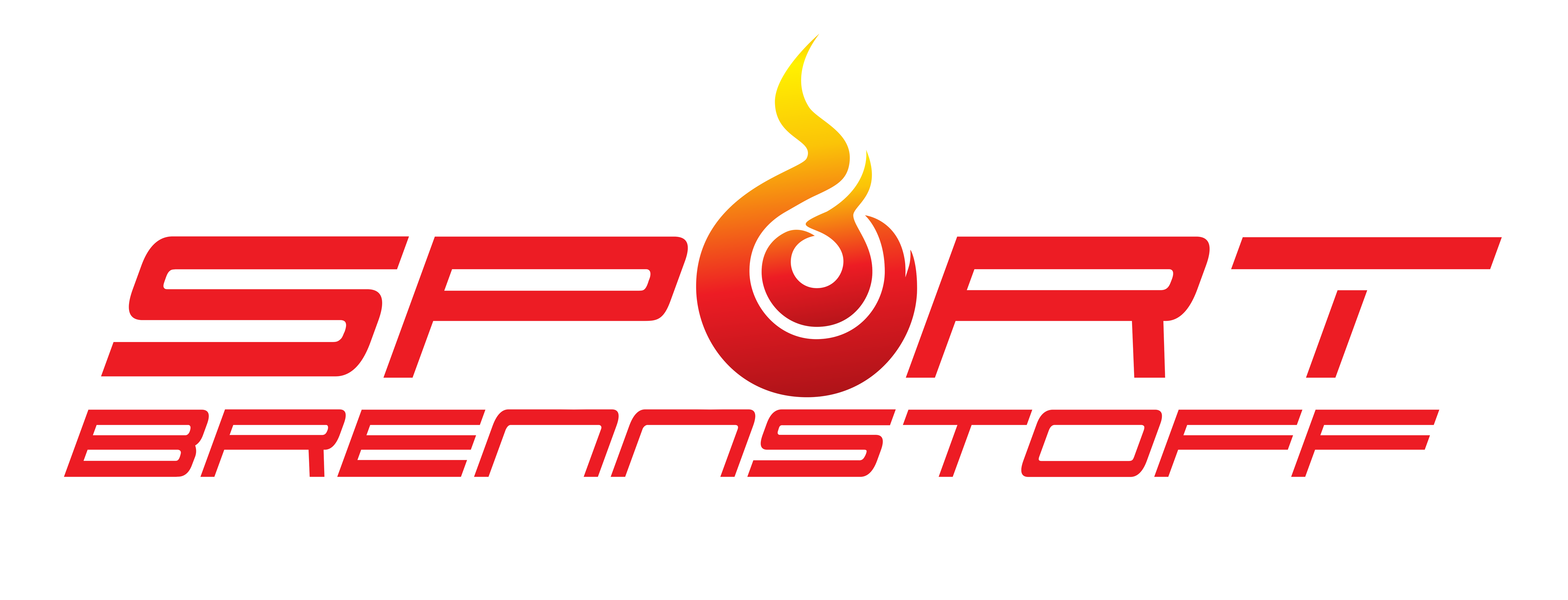



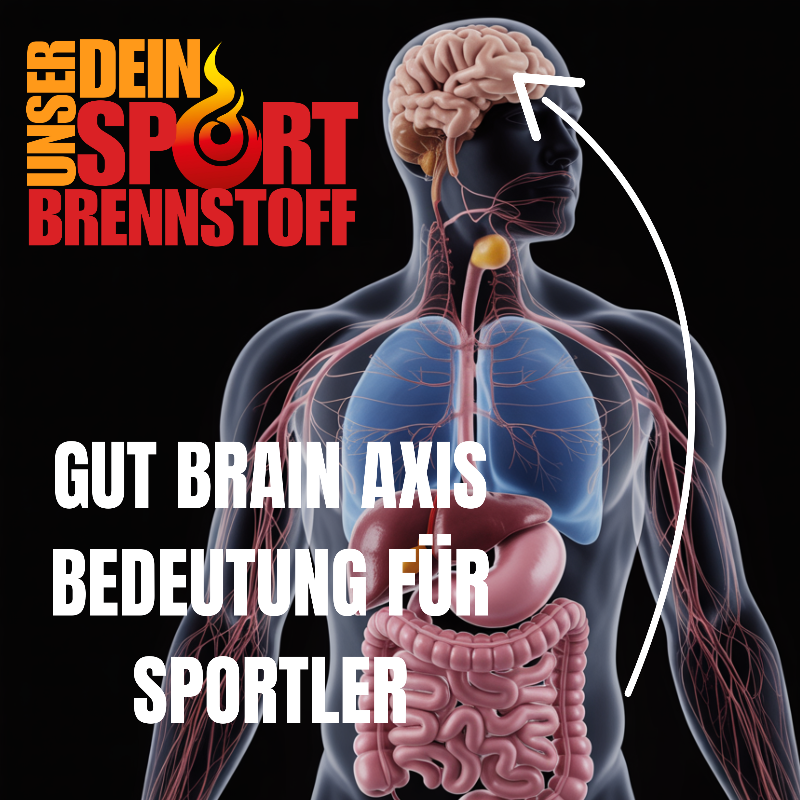

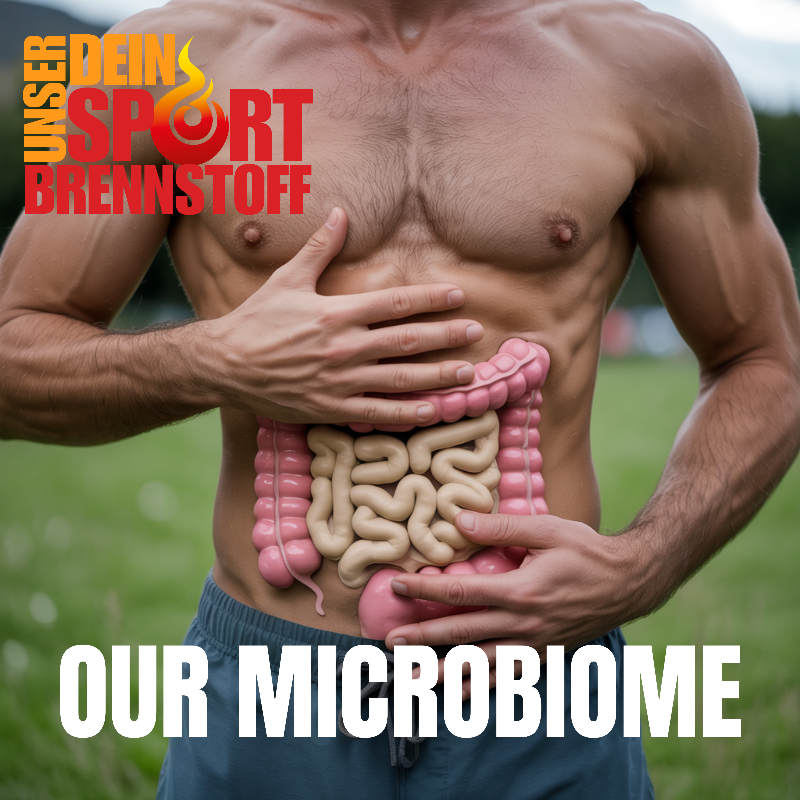
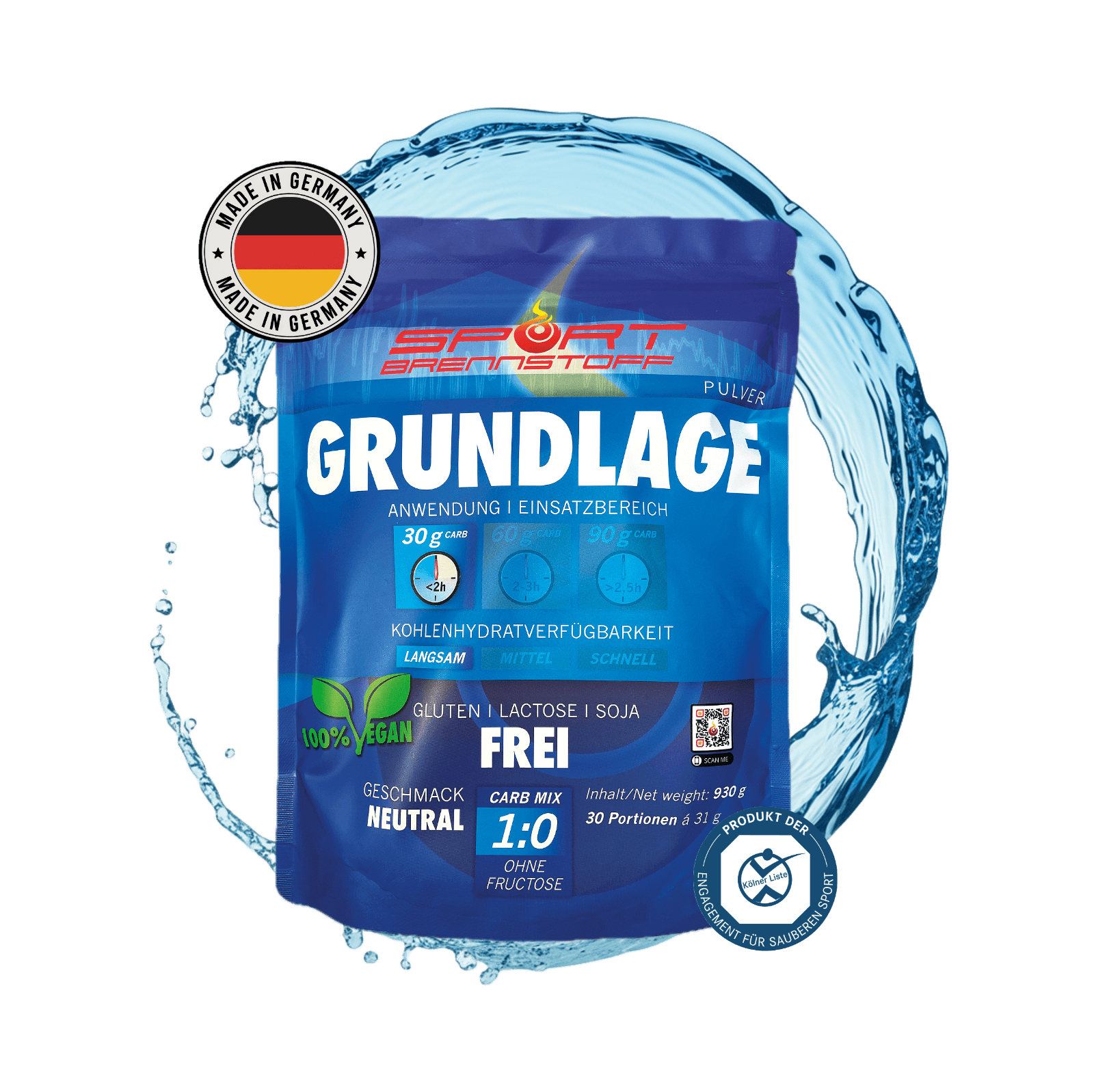

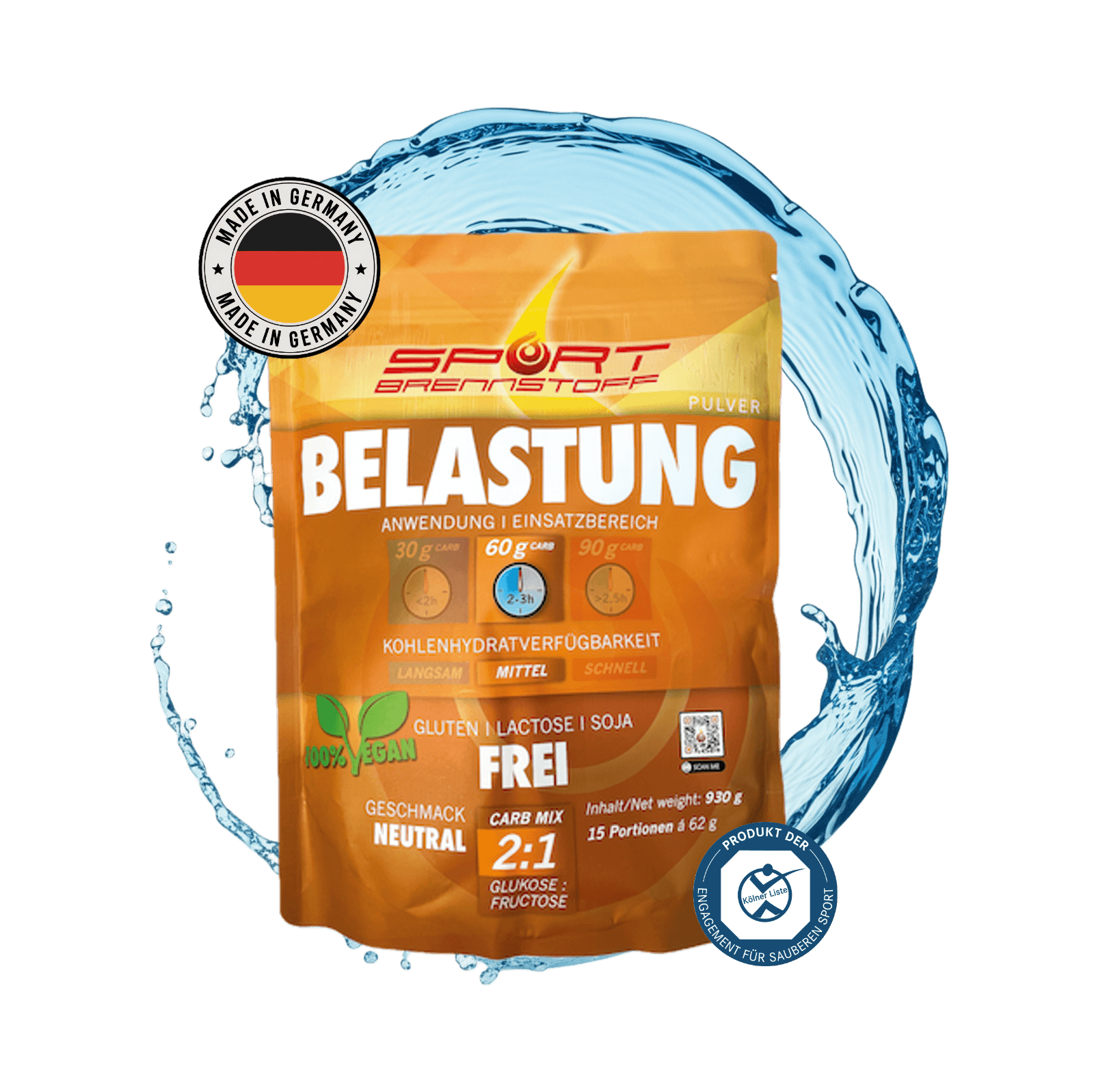

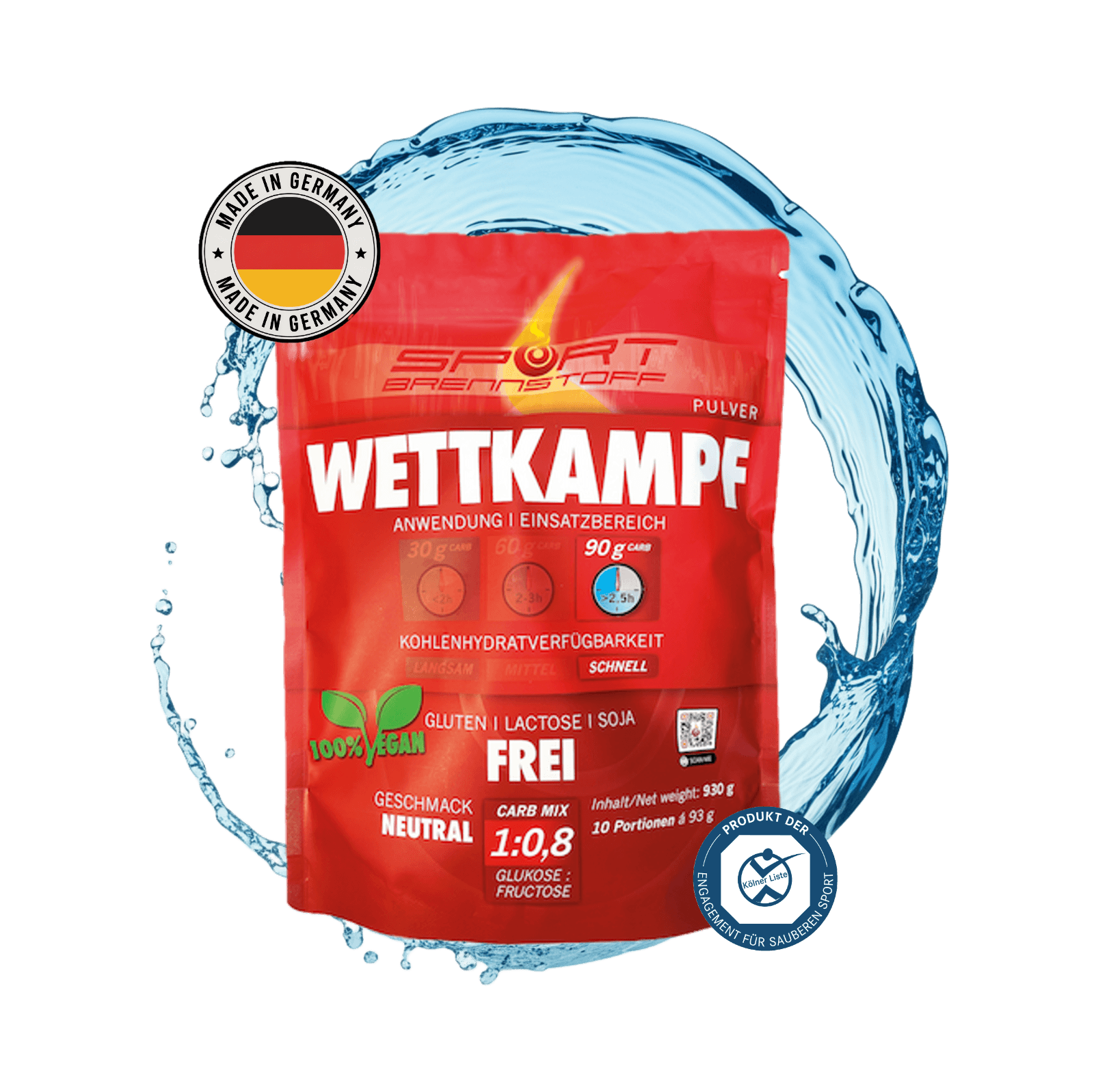

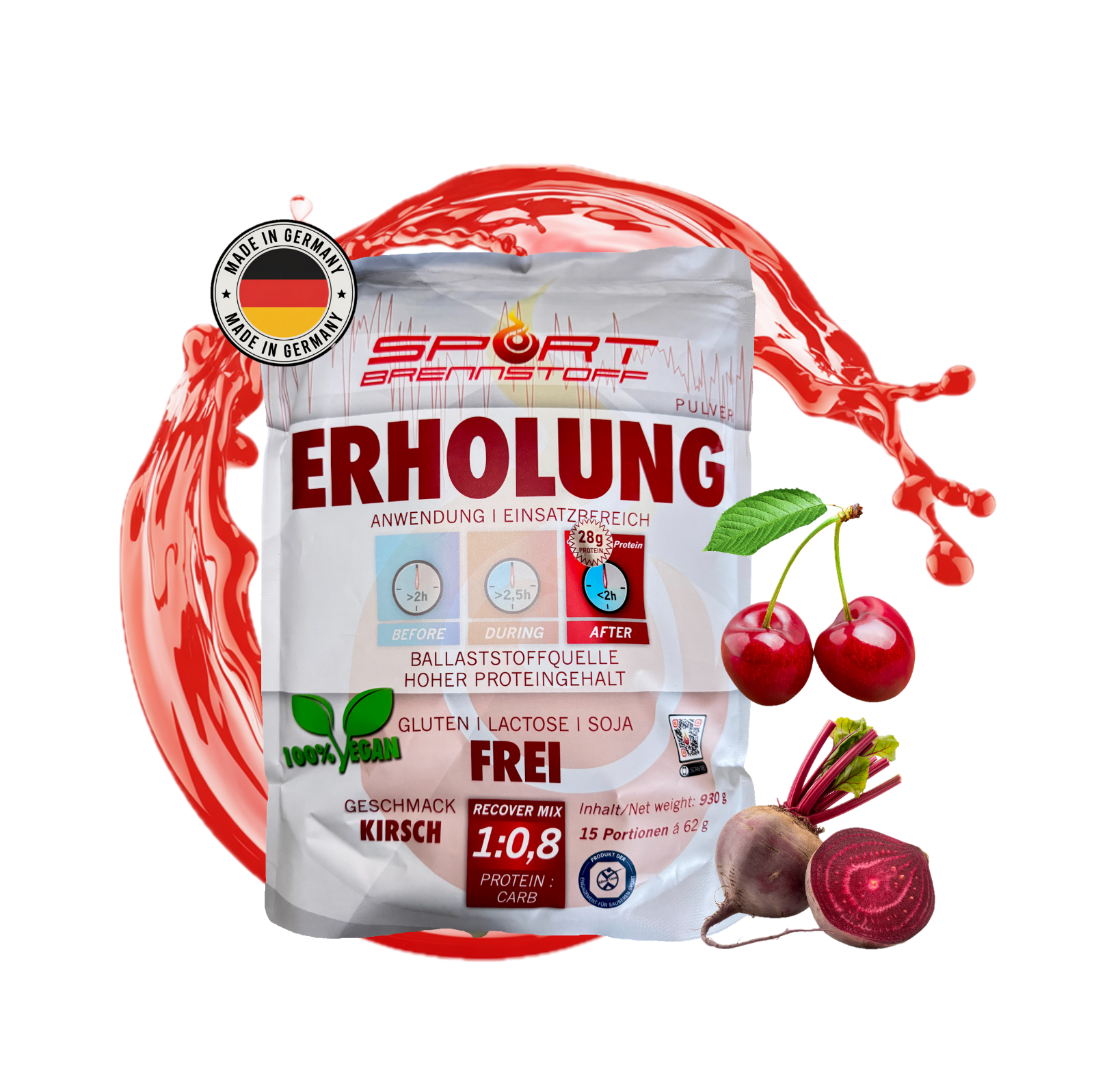






Leave a comment
All comments are moderated before being published.
This site is protected by hCaptcha and the hCaptcha Privacy Policy and Terms of Service apply.